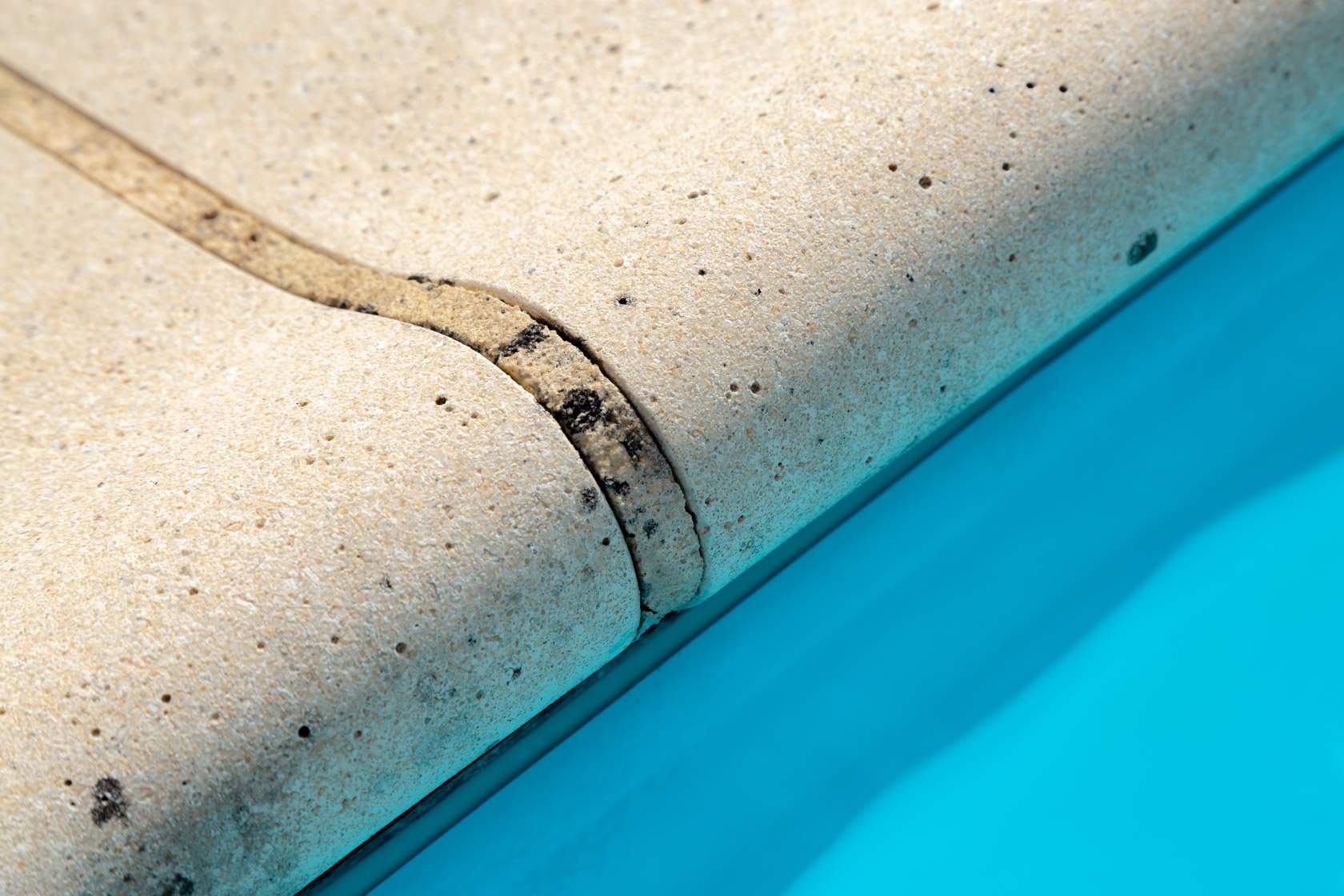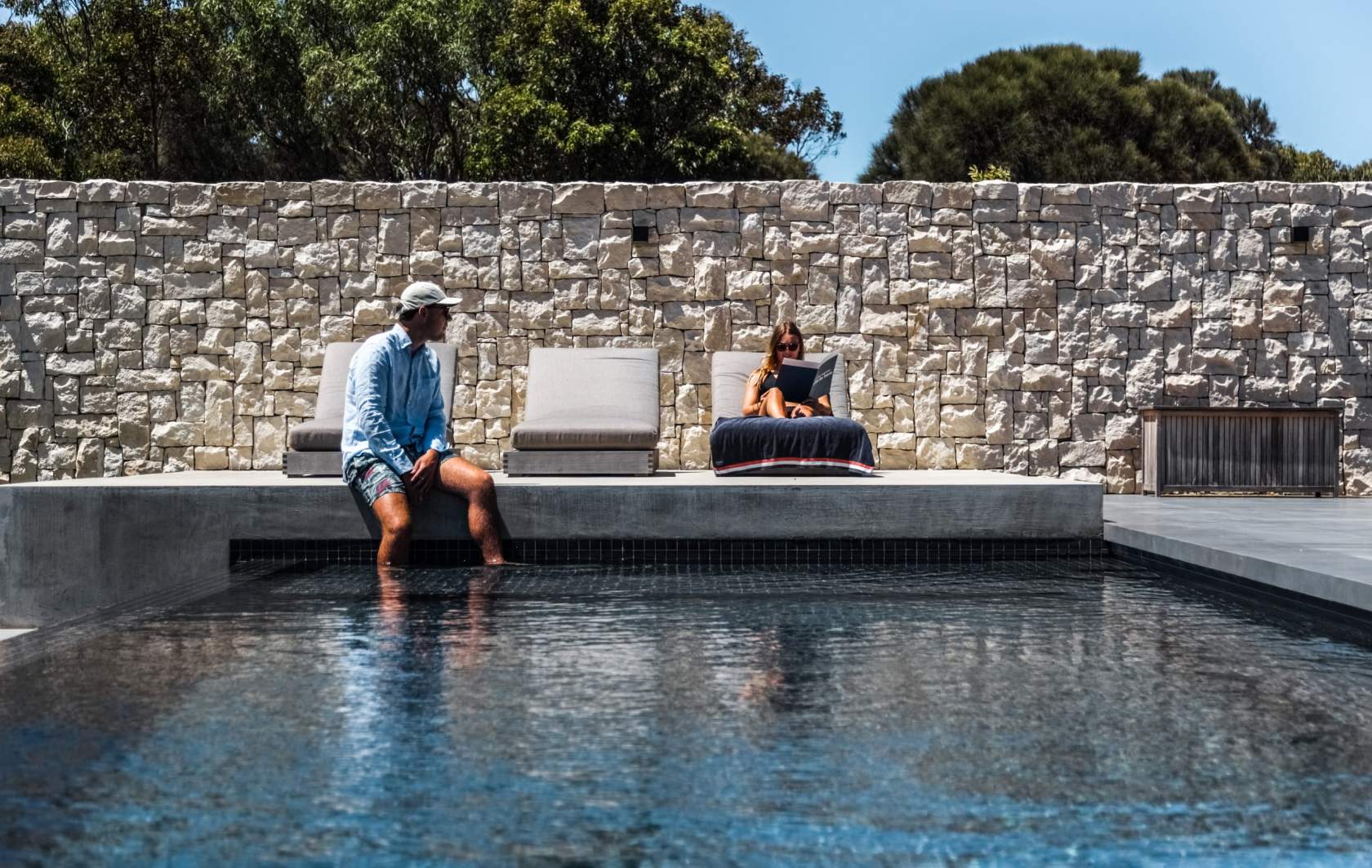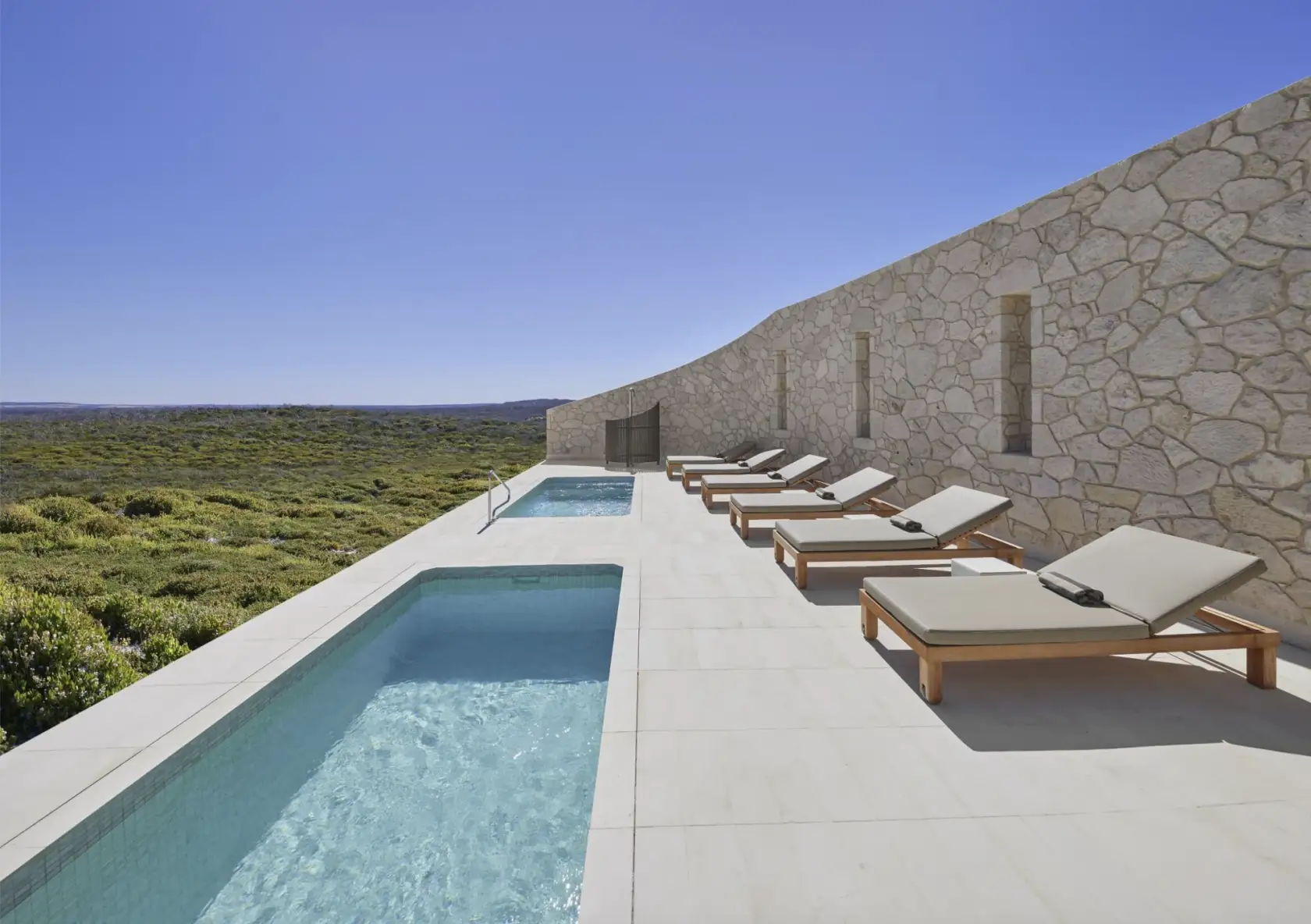
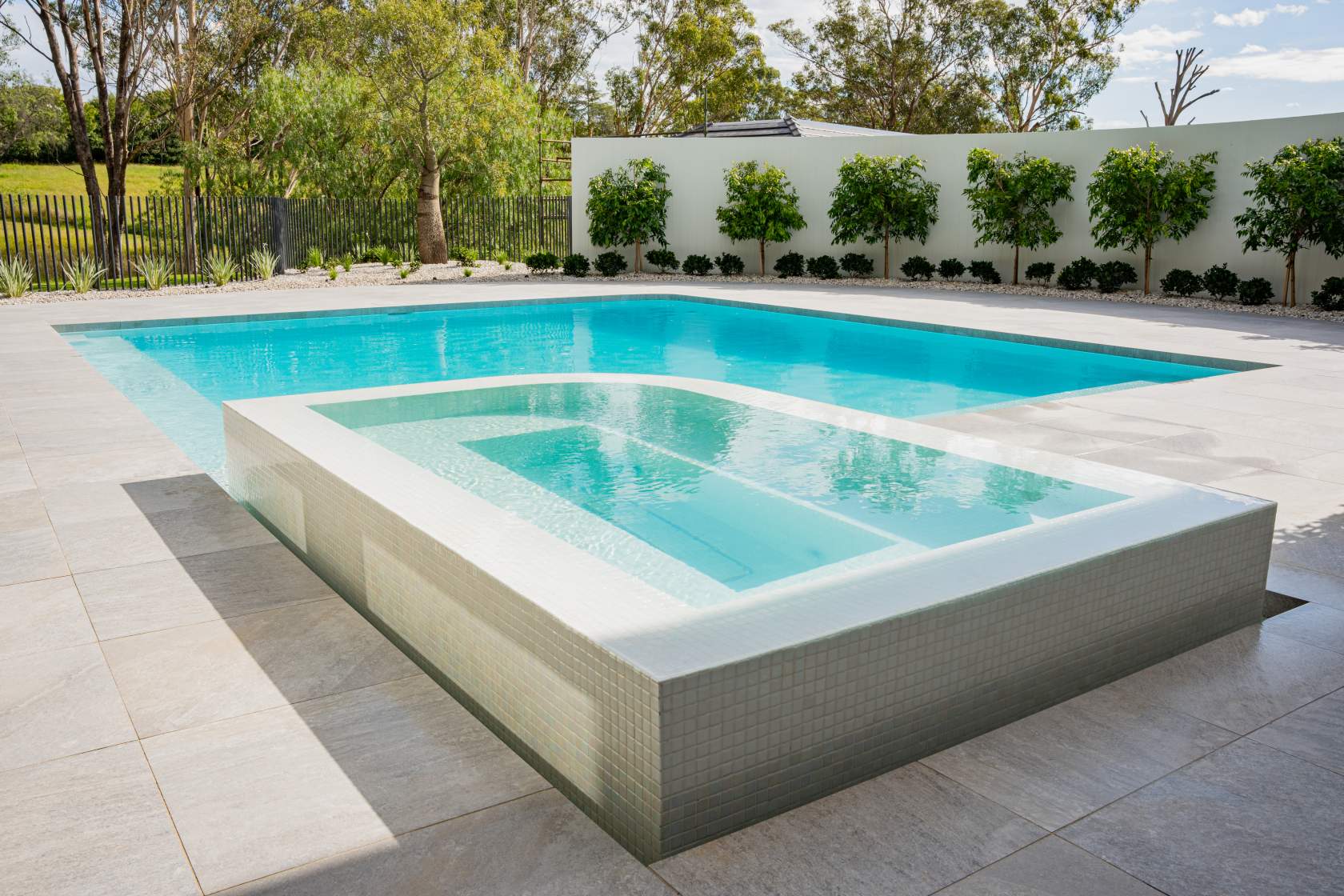
Anatomy of a swimming pool - Coping
In our new ‘Anatomy of a Swimming Pool’ article series we’ll be checking out the various parts and systems that make up your swimming pool. In this issue, we’re covering coping – what it is, what it does and why it’s important.
You probably haven’t thought much about your pool coping. It’s the cap or edge that forms the inner perimeter of your swimming pool – it’s the place where you sit and dangle your feet or the lip that your toes hang over when you’re about to dive. Coping has a few jobs, including decoration, damage prevention and swimmer safety, which makes in an essential part of your pool’s construction in terms both form and function.
Decoration
There’s a pretty much infinite range of available coping material types – concrete, brick, pavers, travertine, marble, granite, sandstone, limestone, flagstone, bluestone…the list goes on. Each material has its own properties and, while some are limited in colour or finish, others are available in an endless range of options. You can easily find a coping choice that will blend with pool fundamentals like the interior or decking, as well as other external design elements including landscaping and outdoor living spaces.
Of course, the alternatives don’t end there. The coping is an important consideration from both a practical and aesthetic perspective. Straight edge coping gives a sharp architectural finish, while a bullnose edge is a bit ‘softer’ visually, and more suited to natural-look or heritage pools and gardens.
A drop-down (also known as drop-face or rebate) coping edge is an L-shape form that hangs closer to the waterline. It not only conceals the pool edging but is also a handy way to hide other components you don’t want to see, like the tracks used to guide automated pool covers.
Repairing or renovating a pool often includes replacing the coping – it’s a great way to give a tired-looking pool a facelift and blend it in to a more contemporary setting.
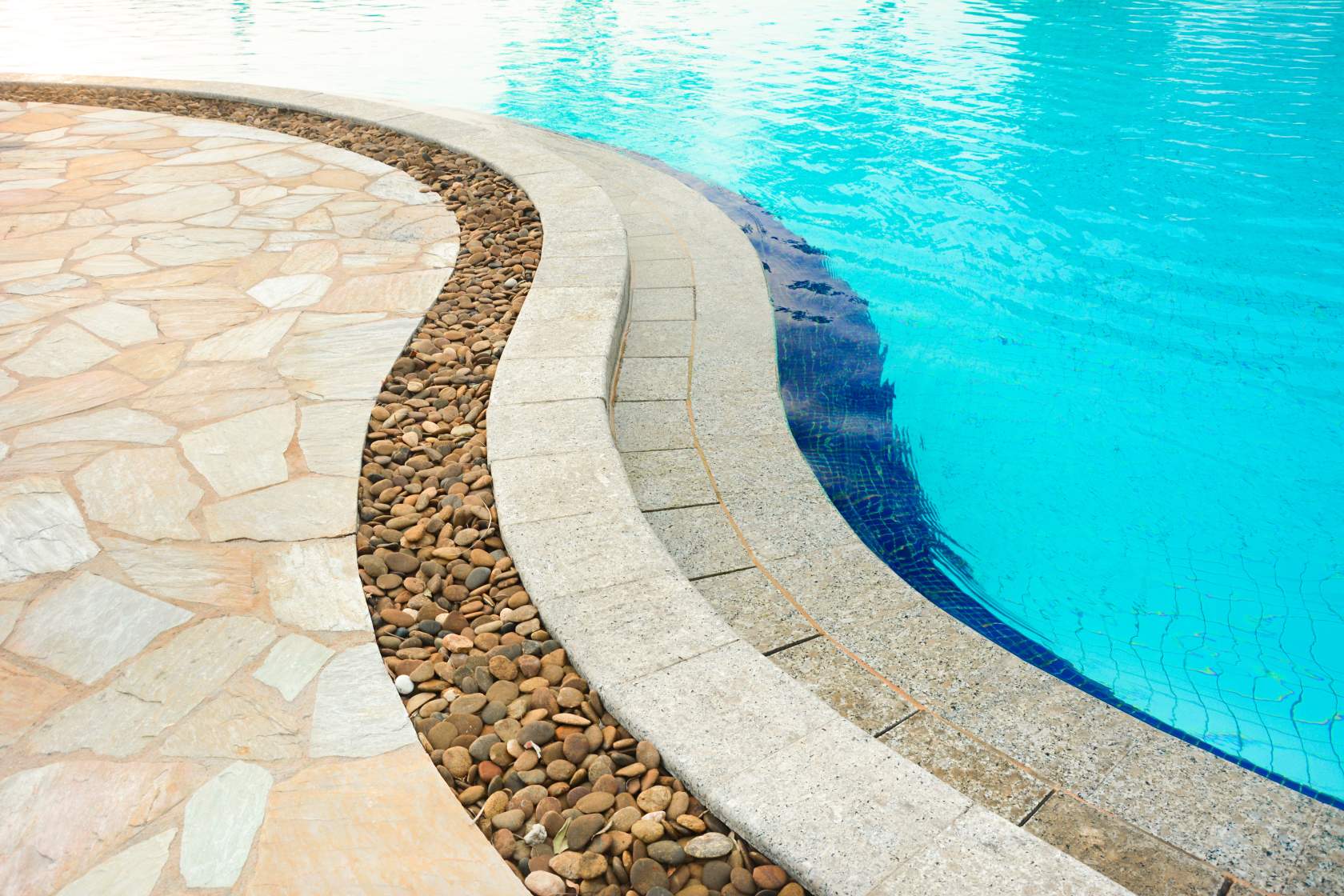
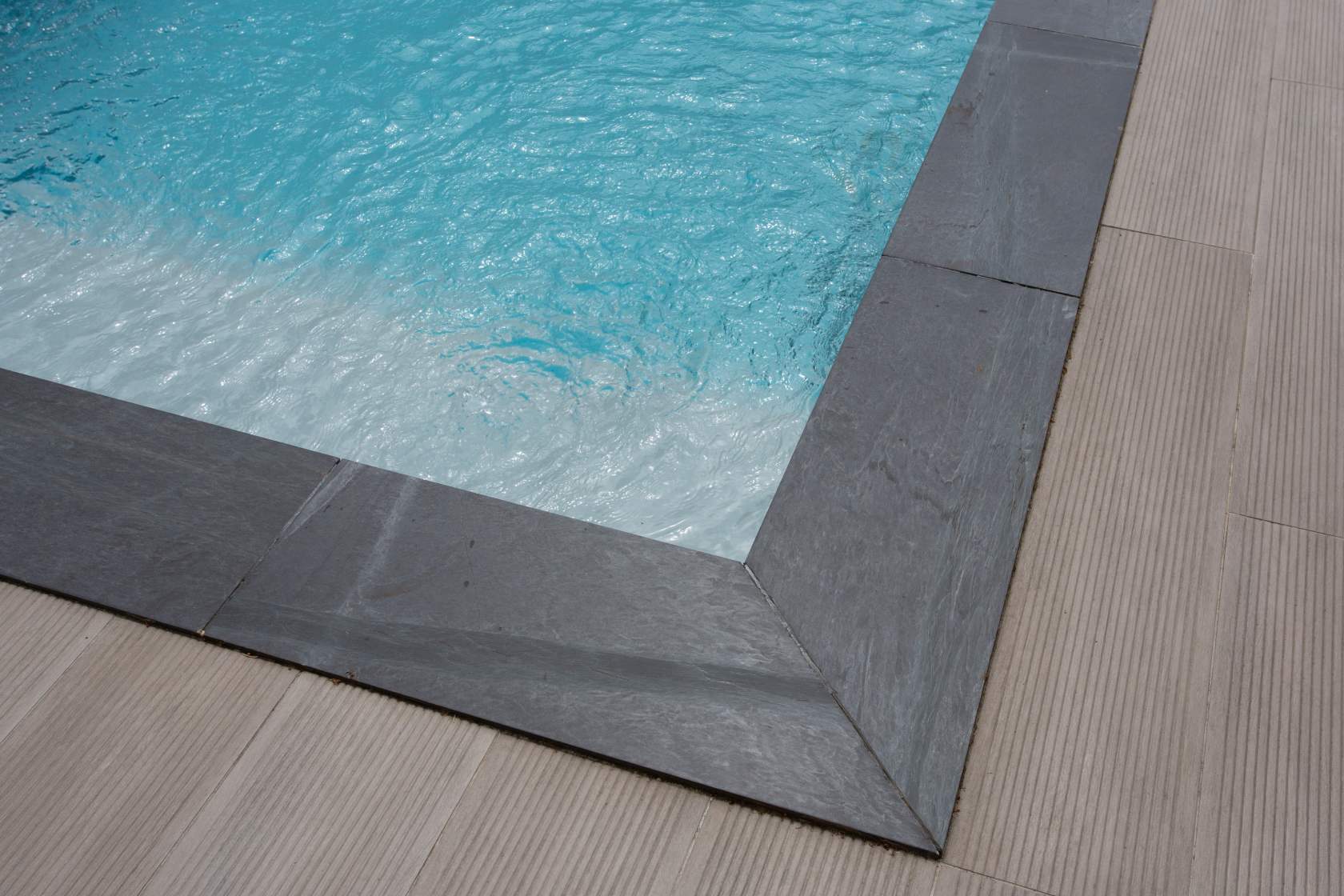
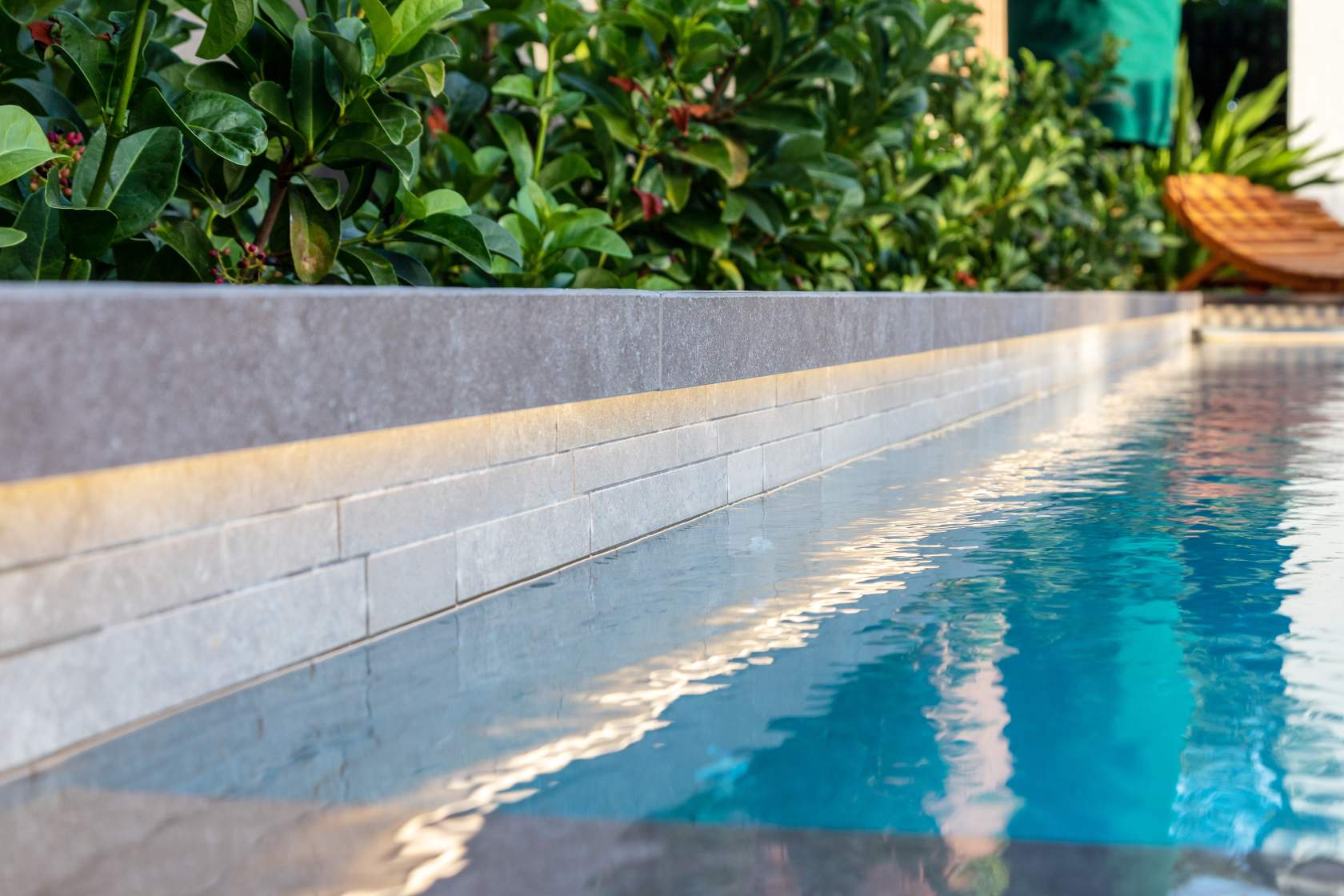
Damage prevention
Coping has other jobs besides being a pretty face. In concrete pools, it sits above the tile line and protects the pool edging, known as the bond beam – a course of concrete and steel rebar. Without coping, the pool edge would be exposed and susceptible to damage in the longer term. In fibreglass pools, the coping sits across the top of the horizontal fibreglass shell edge.
The coping edge helps separate the pool proper from the pool deck while it acts as a two-sided blockade. It stops water from penetrating behind the pool shell, which helps minimise damage that could lead to expensive issues in the future. It also keeps dirt and debris like grass clippings and leaves out of the pool. Though available edge options vary as described earlier, most coping designs tilt away from the pool itself, stopping splashed or overflow water from settling and directing it toward deck drains.
Swimmer safety
There’s a lot of action on the pool perimeter. If you’ve got kids, you know they’re more likely to haul themselves out wherever they are than head for a ladder, steps or ledge. Coping makes entry and exit safer and easier for everyone by eliminating sharp edges and minimising scrapes. Bear in mind that some coping surfaces are more abrasive than others and may grab on the delicate fabrics used in some swimming costumes.
Materials used for coping and decking are either naturally non-skid or have a surface coating applied to reduce slipperiness and prevent slips, spills and falls in and around the pool, ensuring a safe day of fun for everyone.
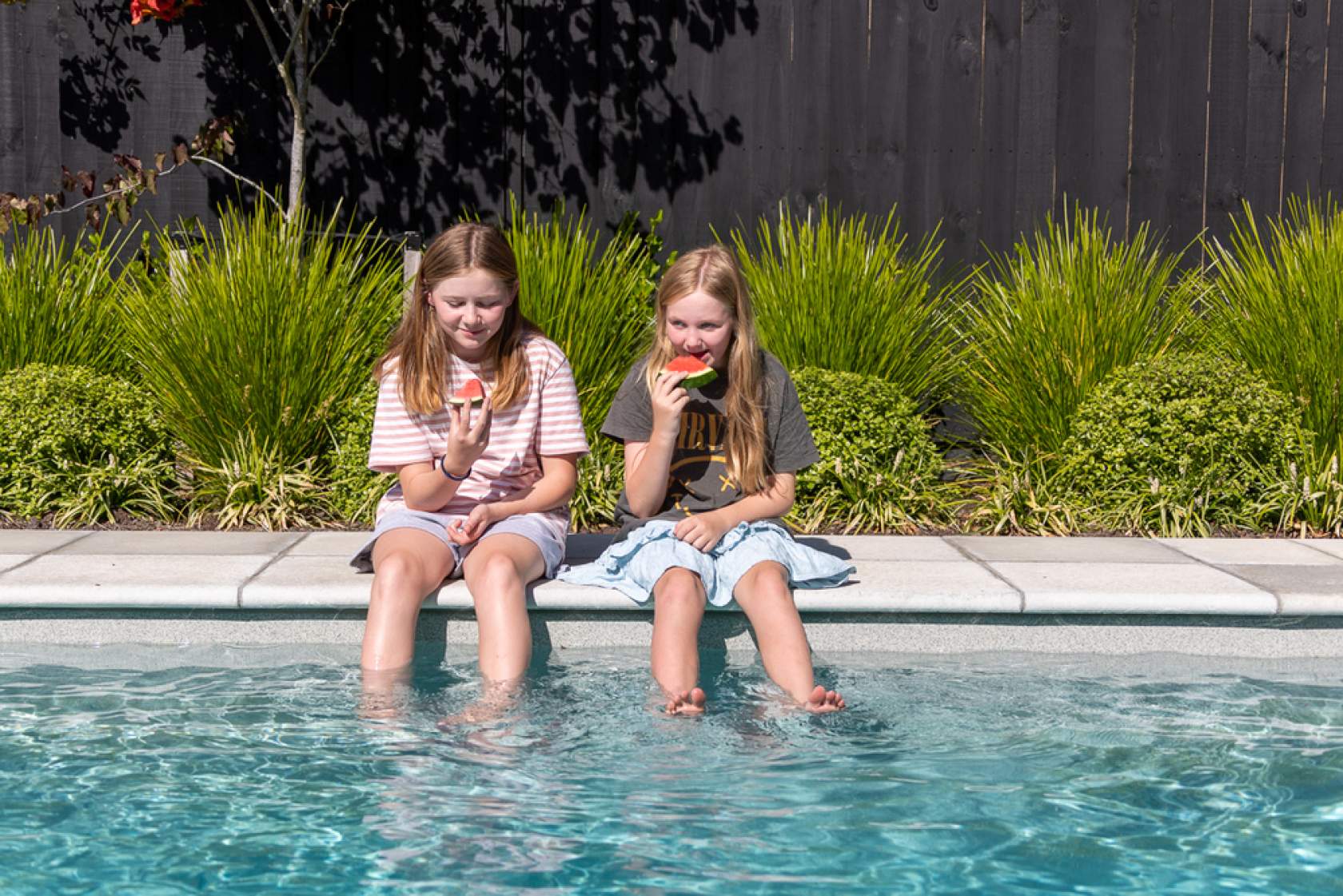
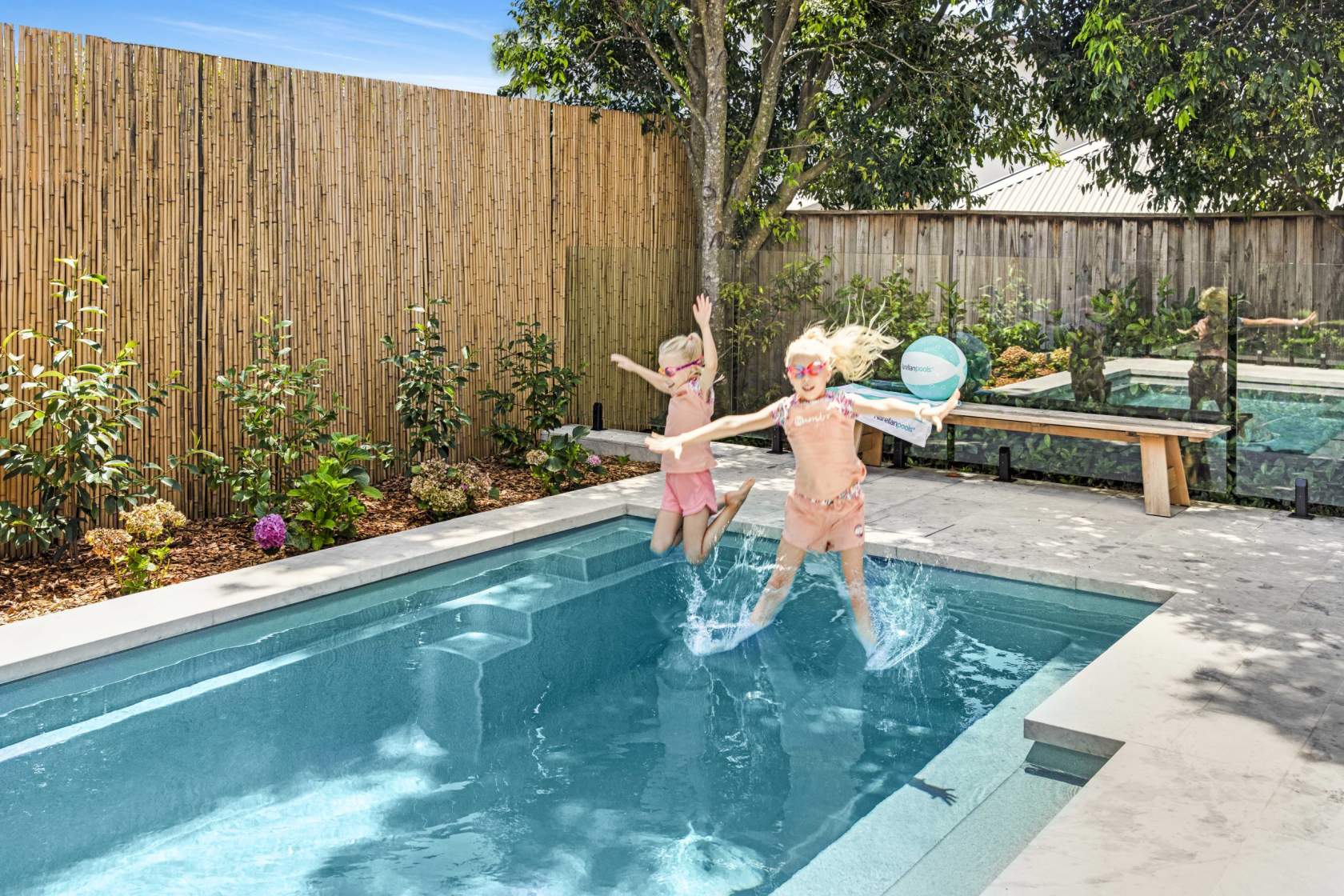

The quiet achiever
As part of your pool’s skeleton, coping has a lot to do – despite flashier elements like the interior and decking competing for decision-making attention in new pool builds and renos. It’s a vital component, helping preserve structural integrity by limiting water seepage and the damage and erosion that could cause.
Coping is the finishing touch that elevates a pool from functional space to a captivating oasis. Its significance extends beyond the technical aspect of construction because it shapes the character of your swimming pool installation and contributes to the overall ambiance of your outdoor living area.
Finding the right material for the job lies in its ability to withstand the challenges posed by pool environments – and yours specifically – including exposure to water, sunlight, chemicals and salt. On top of all that, it has to look good too!
Coping really is the quiet achiever. What appears at first glance to be a subtle feature turns out to be quite the linchpin of pool design – responsible for seamlessly integrating visual appeal with utility…all while safeguarding the longevity of your swimming pool installation. While it sounds like a lot to ask, it’s a clear demonstration of the importance of pool design decisions and working with an accredited SPASA professional, who can guide you through the process and deliver a project that meets your goals on every level.

